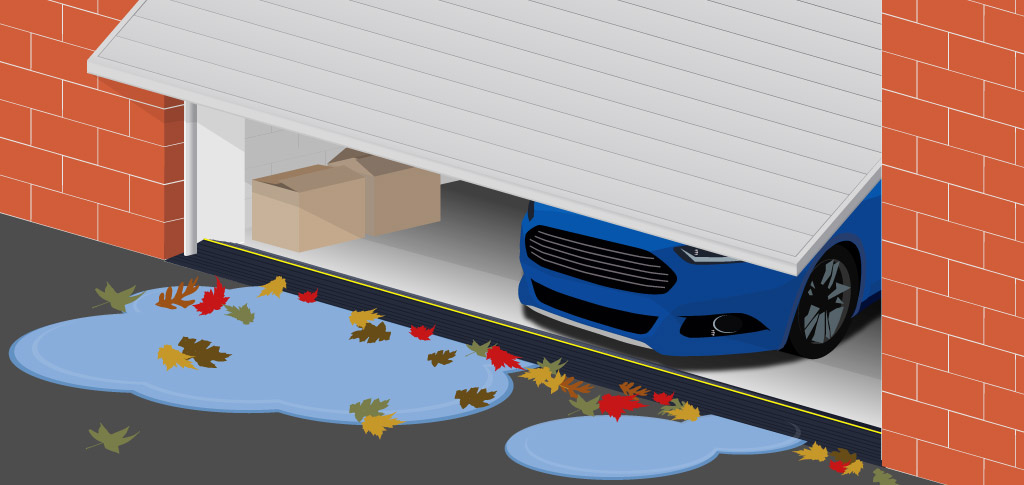

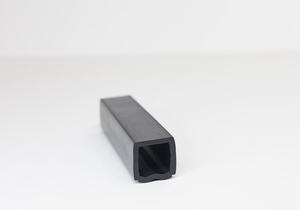
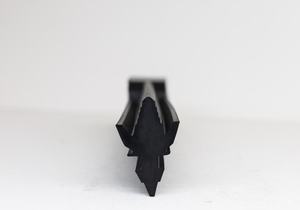
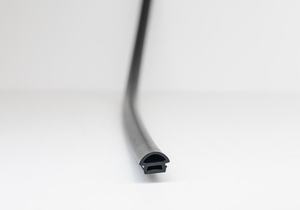
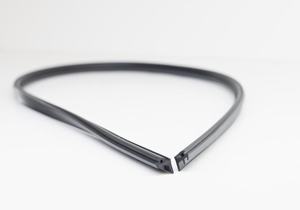
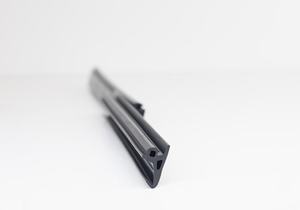
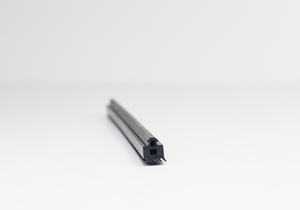
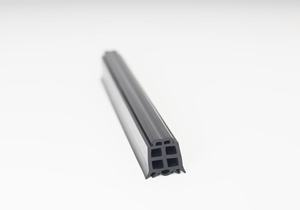
GRP Plastic pipe seals, also known as fiberglass pipe seals, are essential components used in the installation and maintenance of GRP pipes to ensure watertightness, structural integrity, and longevity. These seals play a critical role in preventing leakage, infiltration, and exfiltration of fluids in various applications, including water and wastewater systems, industrial processes, and marine environments. GRP pipe seals are designed to provide a secure and reliable seal at joints, connections, and penetrations, helping to maintain system efficiency and prevent water damage. Here’s a comprehensive description of GRP pipe seals:
- Material Composition: GRP pipe seals are typically made from resilient materials such as rubber, EPDM (Ethylene Propylene Diene Monomer), neoprene, or silicone, reinforced with fiberglass or other composite materials. These materials are chosen for their flexibility, durability, and resistance to environmental factors such as UV radiation, moisture, and chemicals.
- Design and Construction: GRP pipe seals are available in various designs and configurations to accommodate different types of GRP pipes, including filament-wound, centrifugally cast, and hand-lay-up pipes. They are designed as gaskets, couplings, connectors, or compression seals, depending on the specific application and installation requirements.
- Sealing Mechanism: GRP pipe seals function by creating a watertight seal between adjacent GRP pipe sections or between pipes and fittings. The seals are compressed between mating surfaces, forming a secure barrier against the passage of fluids and preventing leaks at joints and connections.
- Compatibility: GRP pipe seals are engineered to be compatible with GRP materials commonly used in pipe manufacturing, ensuring a reliable and long-lasting seal without causing damage or degradation to the pipes. They accommodate variations in pipe dimensions, surface irregularities, and joint configurations to maintain consistent sealing performance.
- Flexibility and Conformability: GRP pipe seals exhibit flexibility and conformability, allowing them to adapt to the shape and contours of GRP pipe joints and fittings. This flexibility ensures uniform compression and contact pressure along the entire sealing interface, minimizing the risk of leaks or failures.
- Chemical Resistance: GRP pipe seals offer excellent resistance to a wide range of chemicals commonly found in industrial applications, including acids, alkalis, solvents, and oils. This chemical resistance ensures that the seals maintain their integrity and sealing properties when exposed to aggressive substances.
- Temperature Stability: GRP pipe seals are designed to withstand temperature fluctuations encountered in various applications, including hot and cold water systems, chemical processing, and marine environments. They retain their sealing effectiveness over a wide temperature range, ensuring reliable performance in diverse operating conditions.
- Ease of Installation: GRP pipe seals are designed for easy and efficient installation, requiring minimal tools and expertise. They are typically installed by inserting them into the joint cavity between GRP pipe sections or fittings and applying compression using mechanical or hand-operated tools to achieve the desired sealing pressure.
- Longevity and Maintenance: GRP pipe seals are engineered for durability and longevity, with a service life that matches or exceeds the expected lifespan of GRP pipes. They require minimal maintenance and are resistant to degradation, reducing the need for costly repairs or replacements over time.
- Applications: GRP pipe seals are used in a wide range of applications, including water and wastewater systems, chemical processing plants, desalination facilities, oil and gas refineries, and marine structures. They provide essential sealing solutions to ensure the efficiency, reliability, and sustainability of these critical infrastructure assets.
In summary, GRP pipe gaskets are vital components in the installation and maintenance of GRP pipe systems, providing watertight seals, structural integrity, and long-term performance. With their durability, flexibility, chemical resistance, and ease of installation, GRP pipe seals contribute to the effectiveness and sustainability of various industrial and infrastructure applications, protecting against leaks, water damage, and environmental contamination.

